
Stasia Matsumoto moved to Japan after finishing her degree at Leeds University and fell in love with the world of traditional Japanese attire at her local kimono school. Nine years later she is a certified kimono stylist, teacher and consultant, and runs her own kimono business ‘InKimono’ in the famous Asakusa district! Starting her own business was a leap of faith but she wanted to go beyond the simplified kimono experiences that don't teach participants about those incredible garments. We talked about her journey with traditional Japanese clothing, her favourite kimono, and the best places to learn more about kimono and Japan's remarkable craftsmanship.
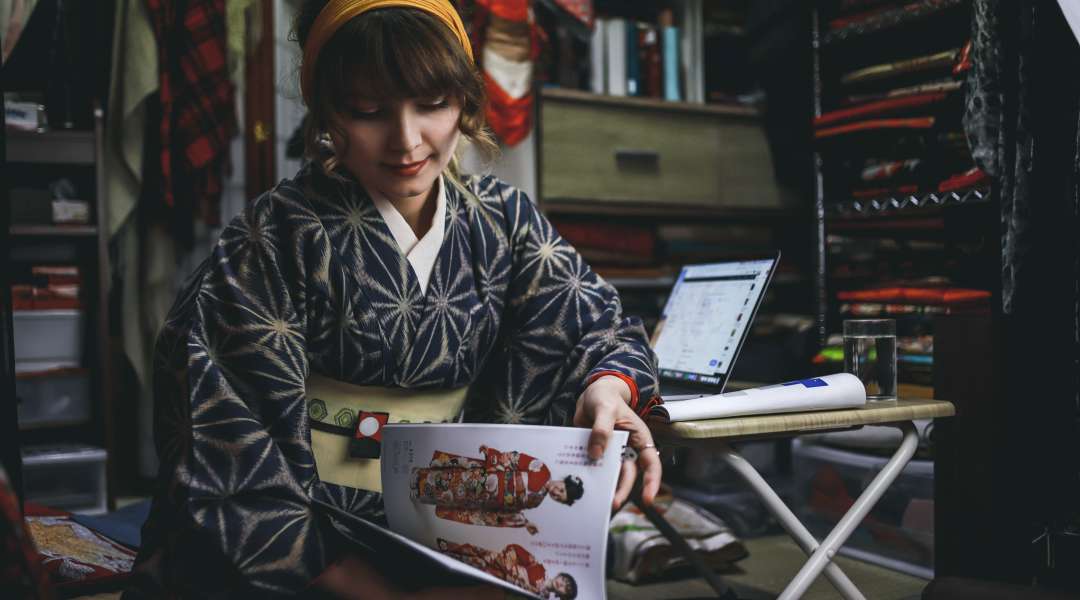
Could you tell us a little about yourself?
Hi! I’m a Tokyo-based professional licensed kimono stylist and a photographer. I studied Asia Pacific Studies at Leeds University and would read about Japan in textbooks, but I had always wanted to see what life here is really like. I came to Japan in 2012 as a fresh university graduate — 9 years later and I’m running my own kimono business in Asakusa, one of the most popular sightseeing destinations in Tokyo.
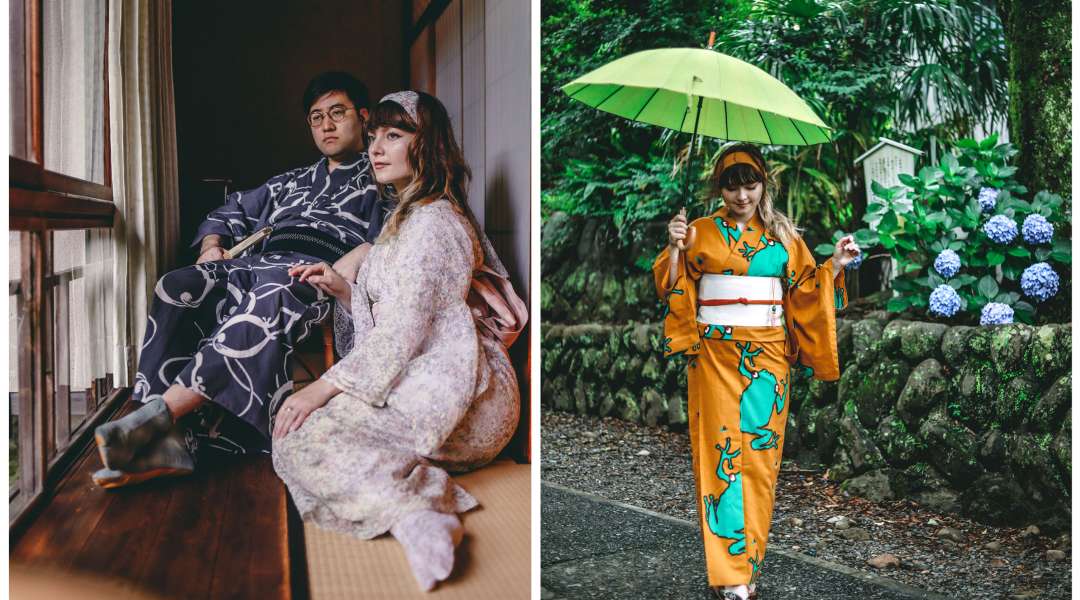
How did INKIMONO come about? What kind of experiences do you offer?
My interest in kimono started around the end of 2016; I had tried kimono on a few times and wanted to learn how to put it on by myself. I found a kimono school nearby where I lived at that time, signed up for classes, and started seriously getting into the subject. Kimono is a very broad and deep subject, there’s much more to it than people think. Upon completion of the basic course, where I learned how to dress myself, I found myself wanting to know more and eventually be able to dress and educate others. The professional kimono course took 2 years to complete and I am currently holding a professional kimono stylist / teacher / consultant license.

Around the time I started my kimono course, I was already doing photography — at that time I was mostly into street photography though. The idea to combine those two hobbies of mine came much later, in 2018. I had been seeing different kimono experiences and kimono photoshoots, but they were rarely done in an authentic way. A lot of kimono experiences are very simplified, with polyester mass produced kimono and without any explanation about different kimono types, rules, seasonality or functionality of this garment. I realised that I actually had the skill set to start offering a proper kimono experience, with personalized styling, lecture about kimono and a professional photoshoot. I gave it a go…and the rest is history!
I offer individual and couple shoots, casual and formal kimono types. I also offer very special types of kimono worn for specific occasions, like Shichi-Go-San kimono photoshoot for kids, furisode for Coming of Age or bridal kimono styles. In the summer I also offer a yukata experience — yukata is a light cotton garment, very casual and much less strict than kimono. It’s a nice option during hot and humid Japanese summers!
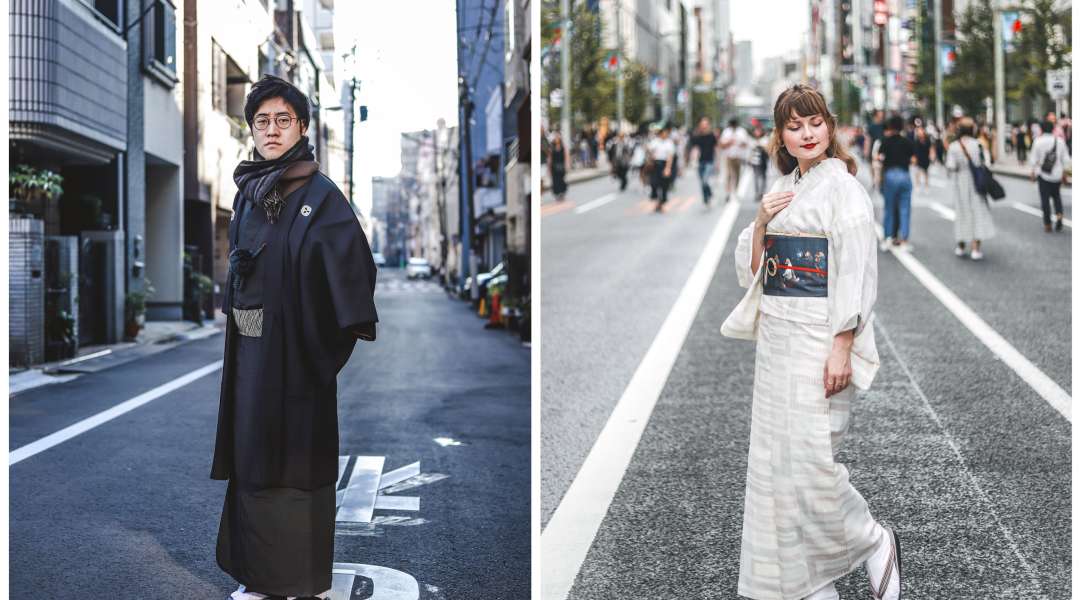
What’s your favourite type of kimono for photoshoots?
I enjoy shooting formal styles a lot! For example furisode, traditionally the most formal attire for young girls. It is very decorative and festive, with intricate embroidery and gorgeous vivid colours and patterns.
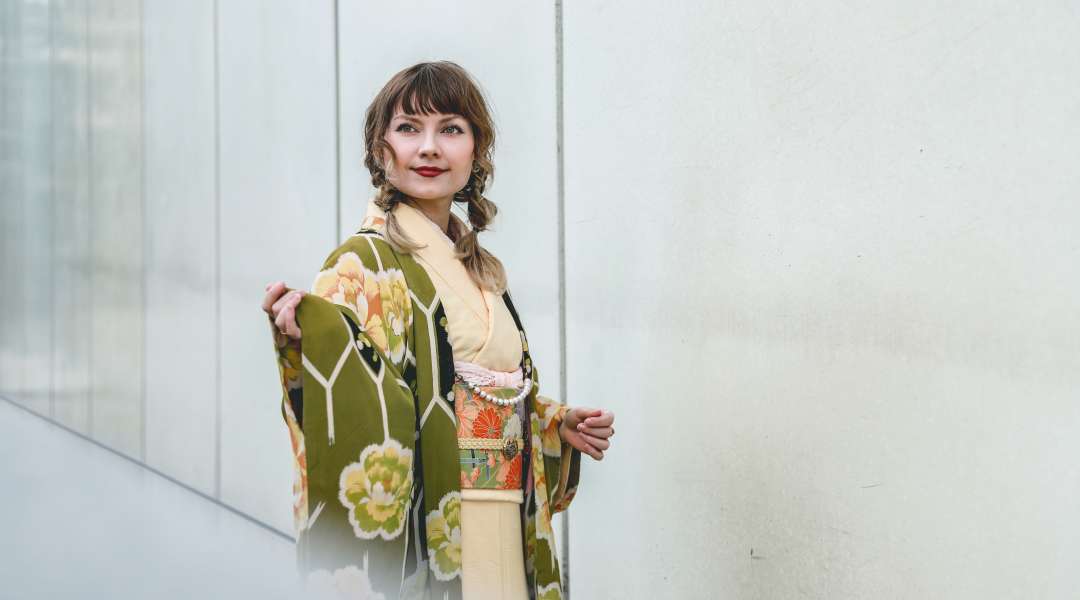
Do you have any recommendations for where visitors can learn more about traditional Japanese clothing?
There are surprisingly few permanent exhibitions about kimono; they are mostly seasonal or highlight a particular style, maker, period in history. For those interested in the technical side of kimono and its evolution throughout history I can recommend the Silk Museum in Yokohama — the time-consuming process of silk production is explained in a clear way and really helps understand why prices of new silk kimonos are high. There is also a real weaving machine where you can try making a piece of real kimono fabric by yourself. On the second floor there is a permanent exhibition showing what traditional clothing looked like during different periods in Japanese history. Actually, there are traditional weaving or dyeing techniques in every prefecture — it is worth researching about traditional kimono-related crafts in the place we plan to visit and there’s a pretty big chance that there will be a museum, an event or maybe a workshop happening!

Any tips for visitors to Japan passionate about photography?
Honestly, Japan is a heaven for photographers, it is impossible to take bad photos here! There are hidden gems on every corner, mishmash of old and new buildings, serene shrines, seasonal decorations and flowers, neons, tiny mom-and-pop shops squeezed in-between tall office buildings. Japan has it all and there is never a boring moment, just have your camera ready at all times!

What’s your favourite destination in Japan?
I have visited quite a few places, but there is one region I like to go back to and enjoy in different seasons. Izu Peninsula is a treasure trove of the cutest towns, old onsen resorts and retro shops. It’s only 2 hours away from Tokyo, but it’s packed with historical spots and amazing old inns. Forests, mountains, sea — you’ll find all of it here. Izu is famous for Kawazu sakura, one of the early blooming types. Cherry blossom festivals start as early as February around here and thousands of trees along the river make up for a rather spectacular view!
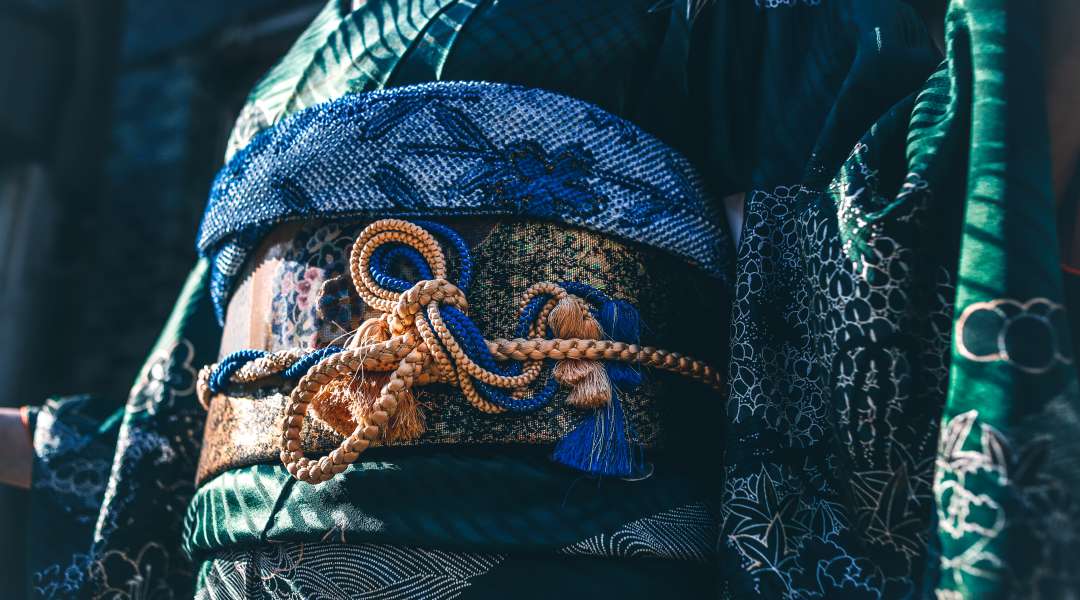
You can find Stasia on her Instagram, Twitter, or check out her website.

















































